With COVID-19 restrictions eased across Turkey and domestic travel allowed once again, people are looking for safer and more isolated locations to take vacations. This phase of the “new normal” has put nature in a new light as it offers some of the safest places for travel.
Now that summer is here and long gone are the days of snow and gloom, the natural beauties of Turkey await exploration. The nation’s mountains, plateaus, lakes and forests offer a great opportunity to pursue social activities in smaller groups away from crowds. So, here are some of the best and most unique trekking locations for a virus-free, socially distanced hike in nature.
Lycian Way in Muğla
The Lycian Way, which takes its name from the ancient civilization of Lycia that once ruled the area, is one of the longest and most famous walking trails in the world. It starts in southwestern Muğla province and winds its way into southern Antalya province. The path is 500 kilometers (310 miles) long, 12 kilometers (7.5 miles) of which run along the scenic beach of Patara. It is one of the most suitable trails for trekking in Turkey, offering stunning views of Kaş, Kalkan and Mount Tahtalı (also known as Lycian Olympus). It is also rich in history, as the ruins of ancient Lycian cities dot the trail.
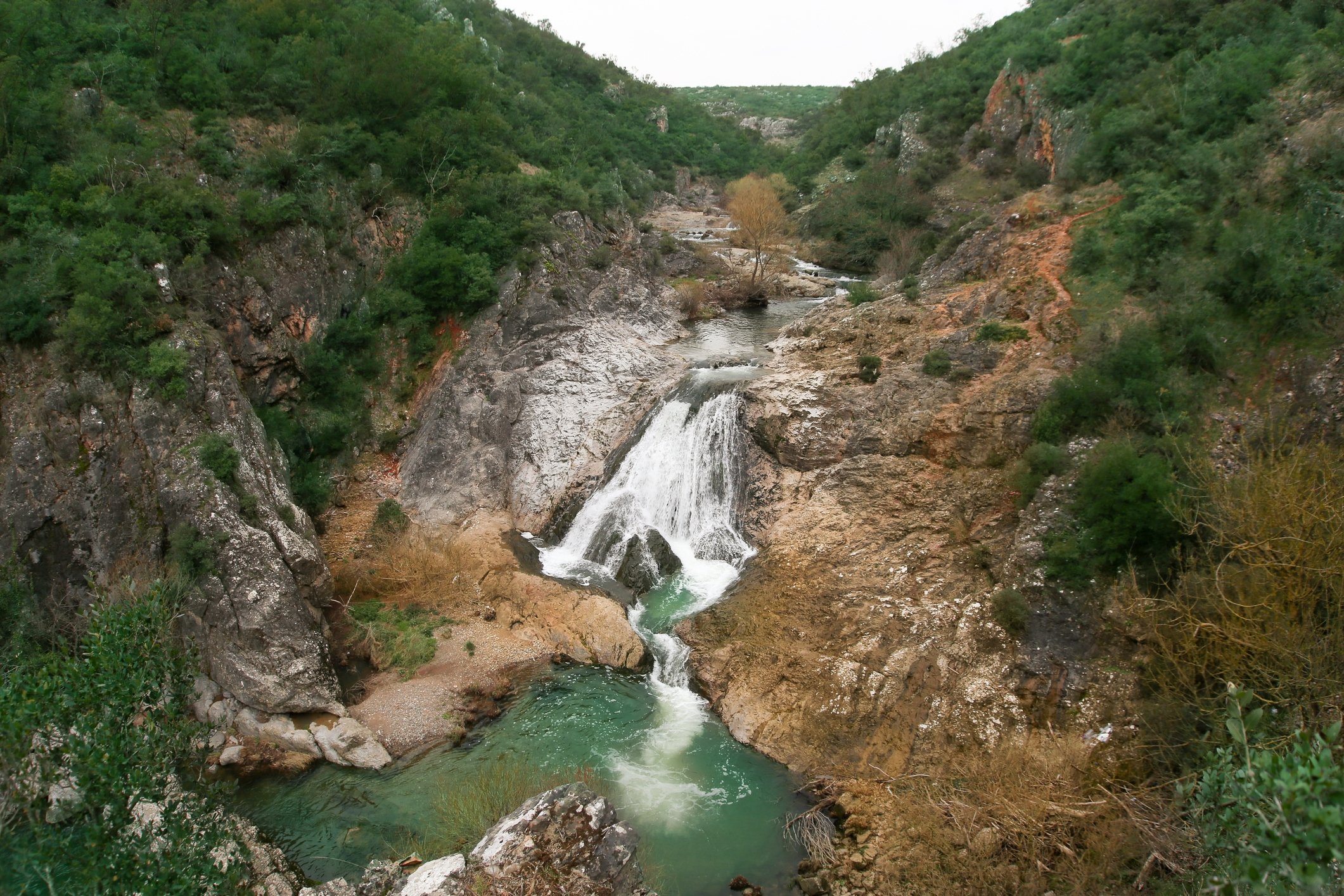
Ballıkayalar Nature Park in Kocaeli
The Ballıkayalar Nature Park just outside of Istanbul in northwestern Kocaeli province is a preferred location for trekking thanks to its many trails, some of which run along a scenic gorge. The park is home to unique bird species, beautiful ponds and lush greenery. Ballıkkayalar Valley within the park also offers impressive rock-climbing opportunities. There are several waterfalls along the valley, with some natural pools even large enough for swimming. The park has many picnic areas and camping locations. It is the ideal destination for light trekking.
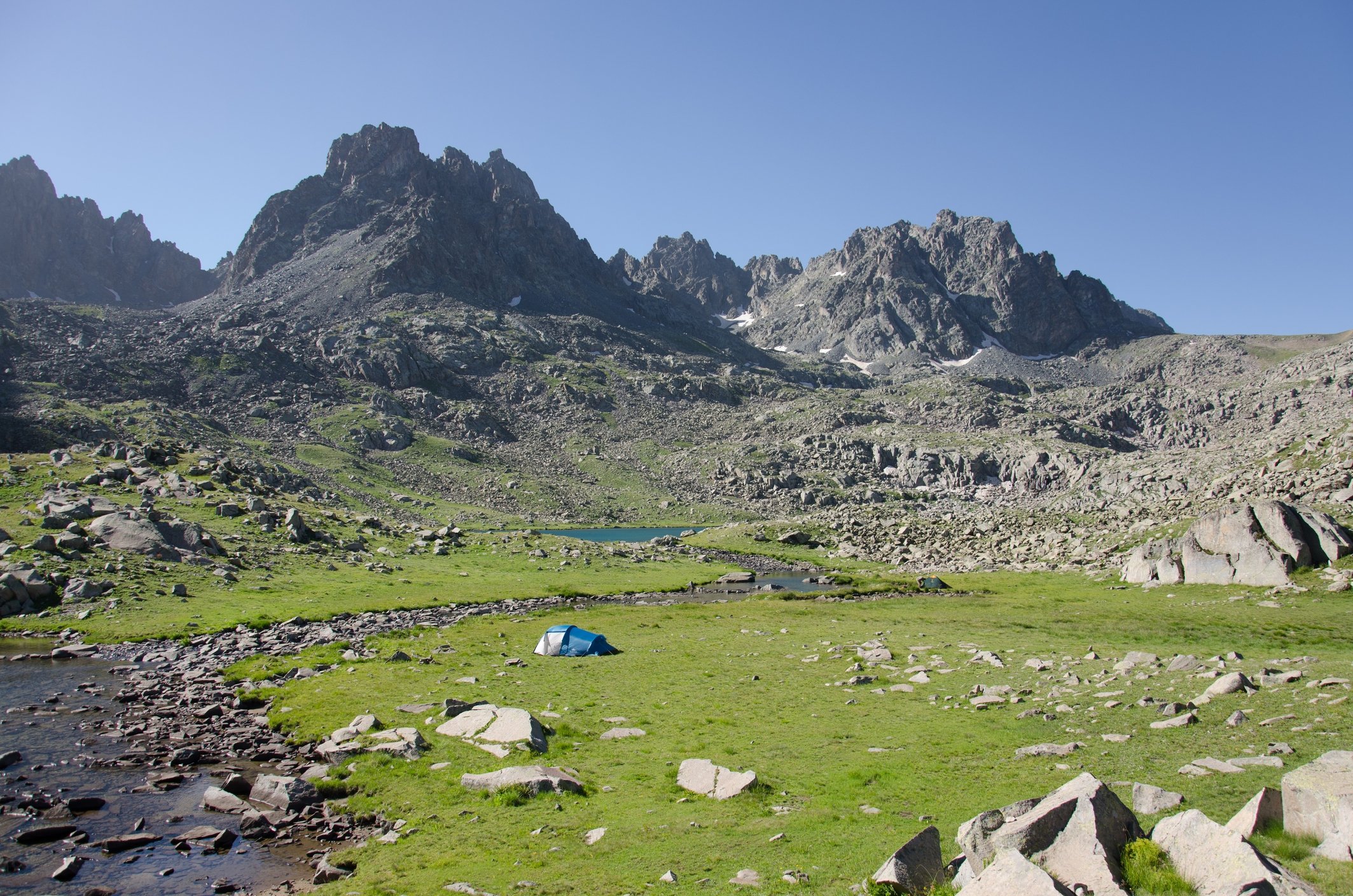
Kaçkar Trail of the Black Sea
The Kaçkar Trail, which runs through the Kaçkar Mountains of northeastern Turkey, is one of the most unique and eye-pleasing trails in the country. Located in the mountainous Black Sea region, it is Turkey’s fourth-highest trekking trail. The trail can take around 30 days to complete if one wishes to explore all the natural beauties that the mountains offer. Several glacial lakes and valleys as well as plateaus are located in the area. The region is also the natural habitat of many species of wildlife, most notably mountain goats.
Mount Kaz National Park in Çanakkale
The national park of Mount Kaz (known as Mount Ida in ancient times) between northwestern Çanakkale and Balıkesir provinces is one of the most oxygen-rich regions in not just Turkey but the world. Overlooking the Gulf of Edremit, it houses a large forest and many natural wonders, ranging from waterfalls to canyons and creeks. It offers light trekking opportunities as well as more strenuous ones, with several high points like the Sarıkız Hill and a peak from which Zeus is said to have watched the Battle of Troy in the Iliad. The region is also rich in history and has many historical sites to visit.
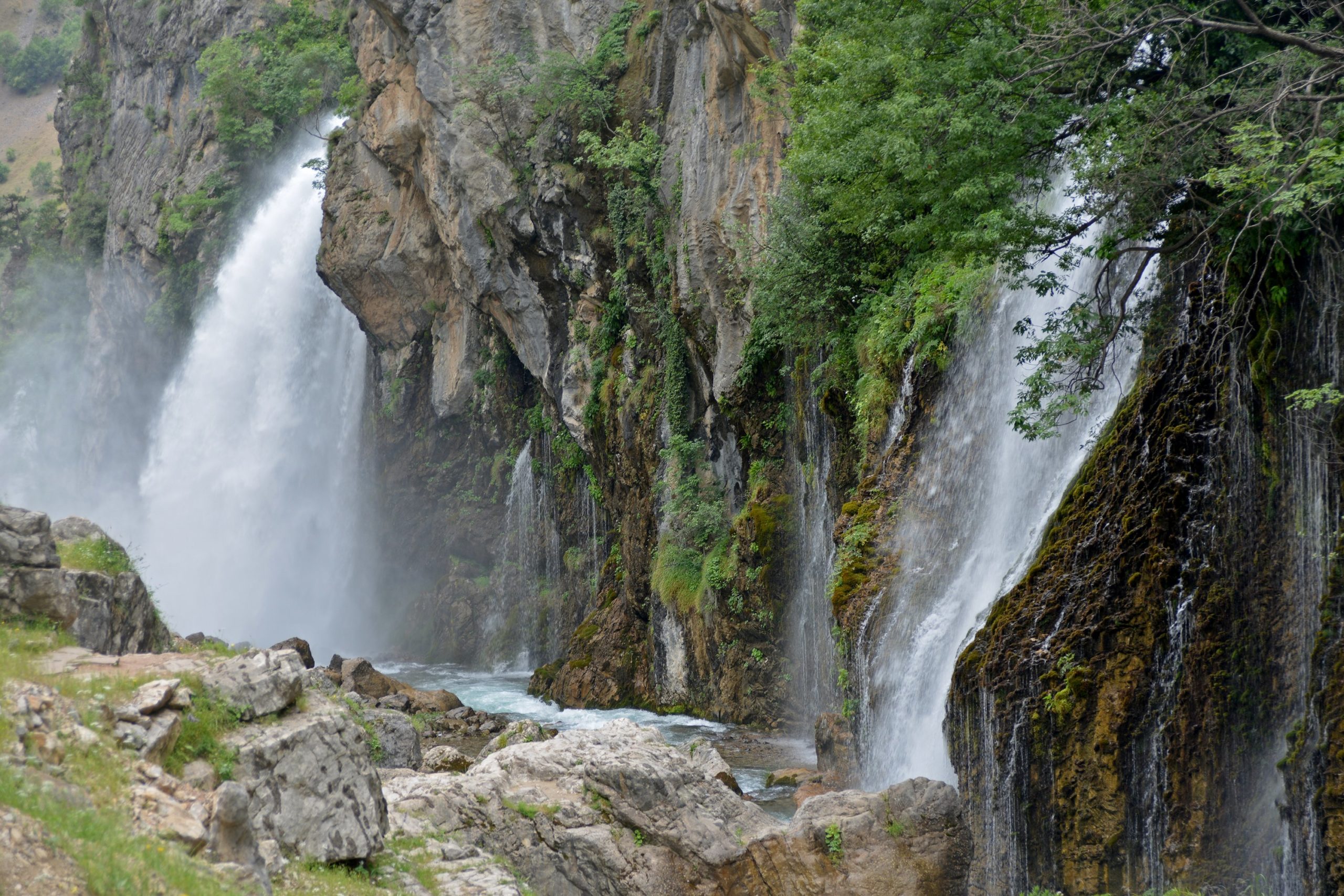
Aladağlar in Niğde
Aladağlar is the summit of the Taurus Mountain range. Located between the central Anatolian provinces of Kayseri and Niğde and southern Adana province, it is a natural haven for trekkers. Glaciers, caves and canyons crown the scenes of Aladağlar. The valleys of Emli and Parmakkaya and the plateaus of Yedigöller and Sokulupınar also offer unique camping experiences. One of the must-see highlights of the region is surely the Kapuzbaşı Waterfall, at an altitude of 3,756 meters. The summit and the surrounding region offer many trekking paths and mountain-climbing opportunities.
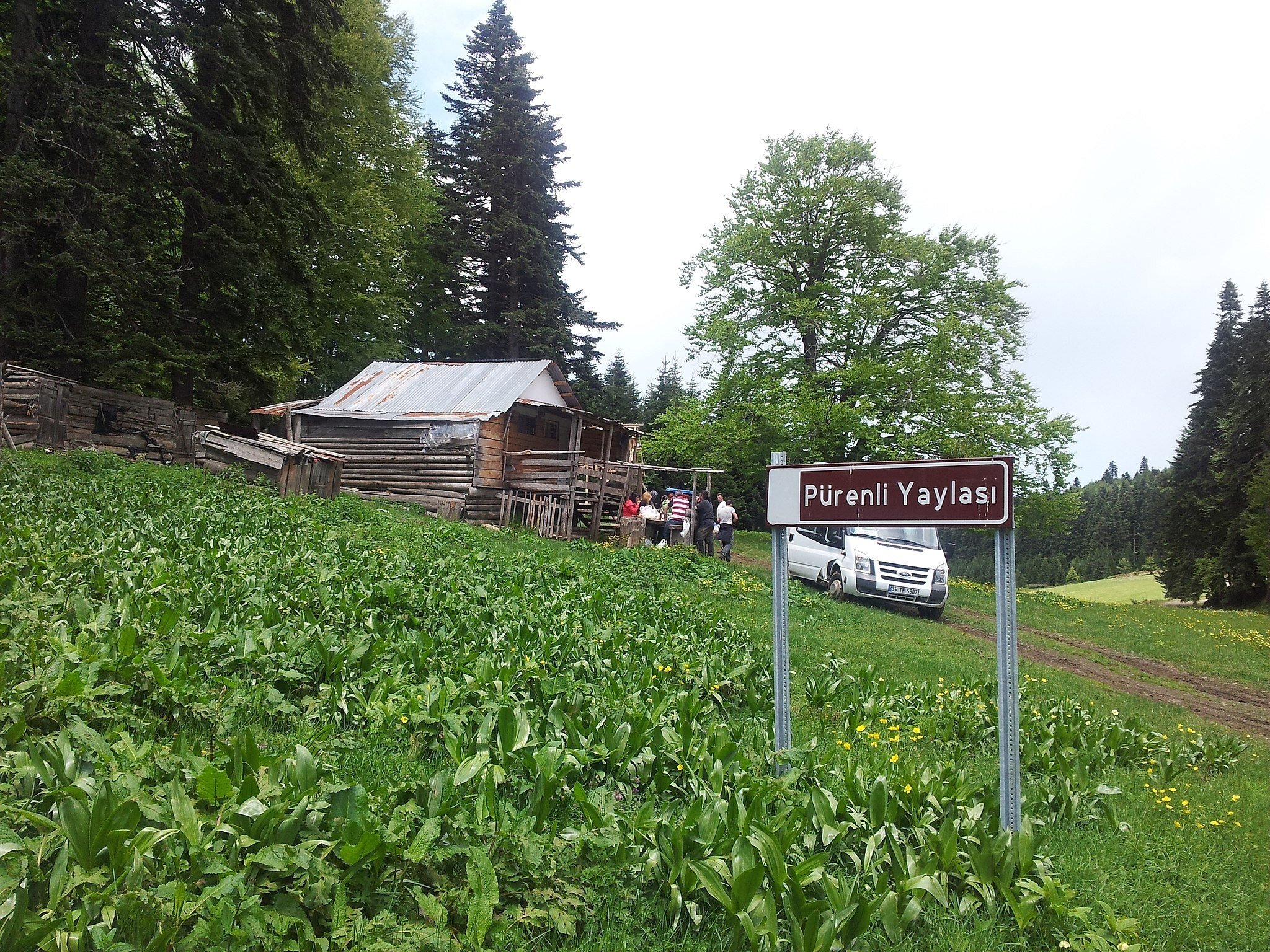
Pürenli Plateau in Bolu
The Pürenli Plateau of northwestern Bolu province stands at an altitude of 1,400 meters (4,593 feet). The plateau is more ideal for camping in the winter but offers peaceful solitude year-round. The plateau includes a lake formed by melted snow, and small wooden cabins around the lake provide lodging to visitors. The plateau is surrounded by a forest of pine trees that offers a silvery panorama when blanketed with snow in the winter. A wide range of wildlife can be seen in the region, especially when trekking deep into the forest, such as deer, foxes, weasels and wild boars.
Last Updated on Jul 29, 2020 2:39 pm

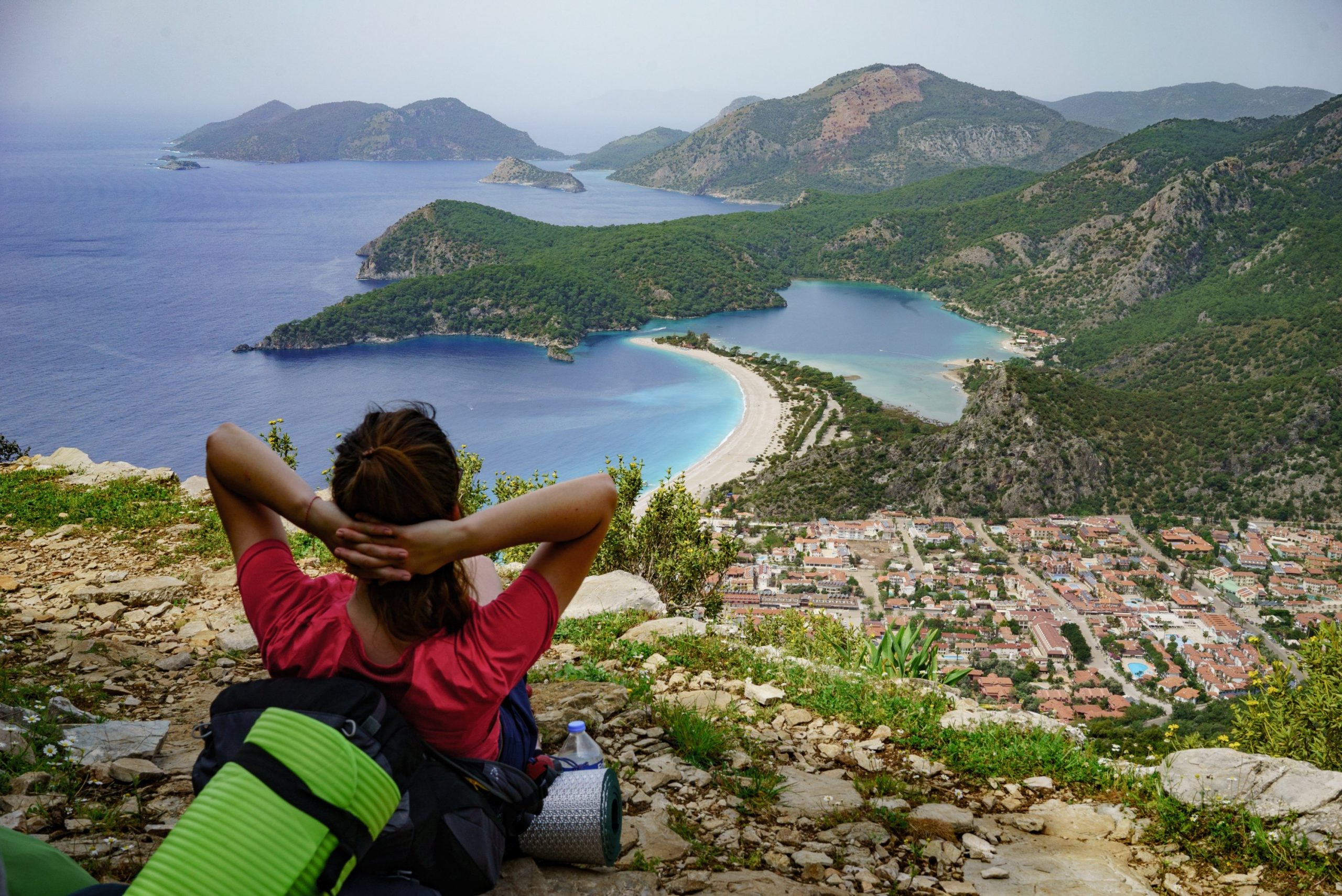
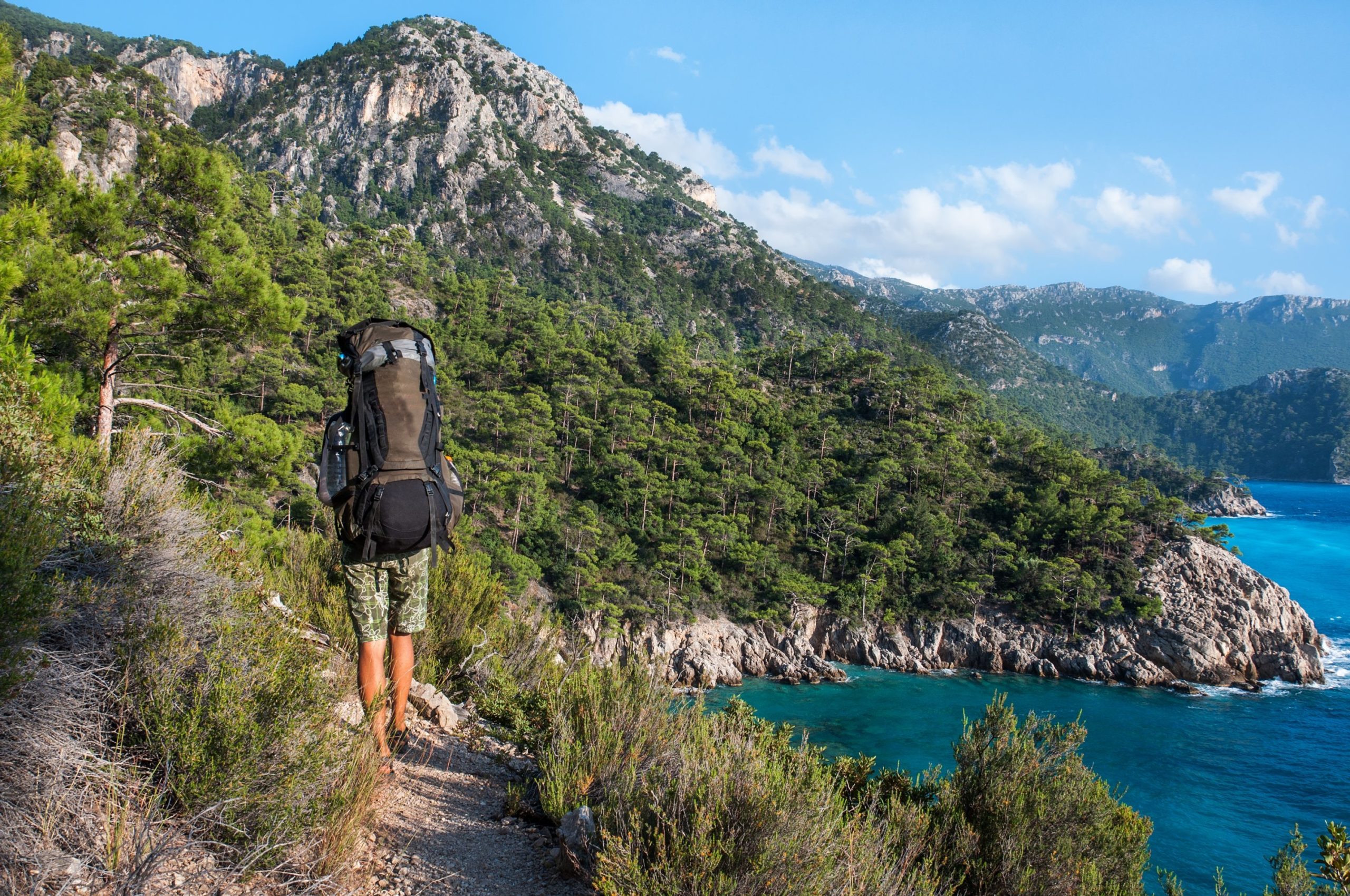
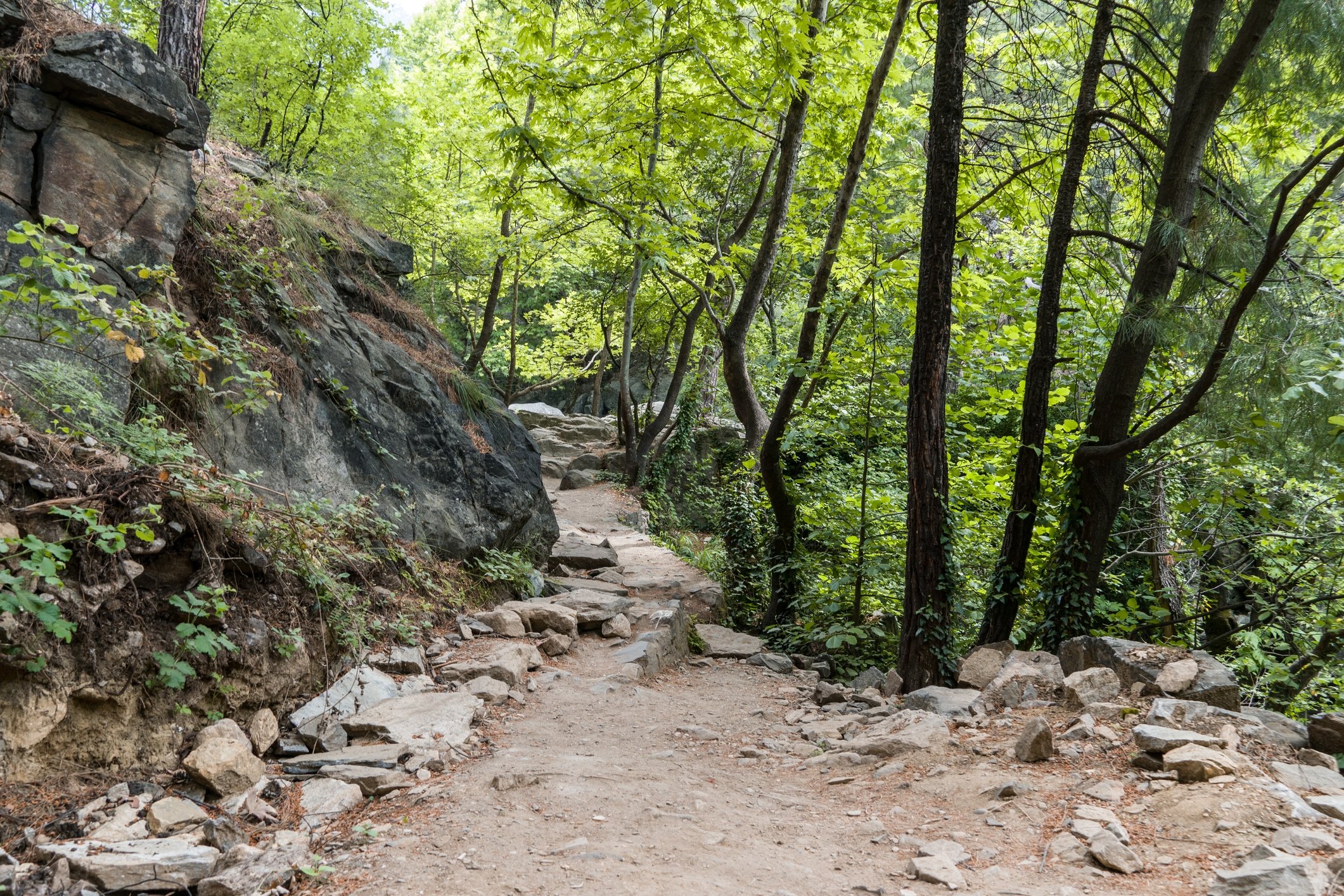








Discussion about this post